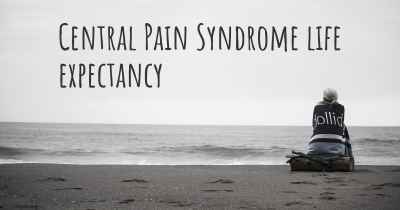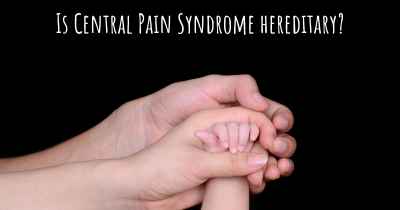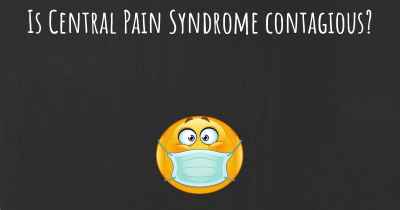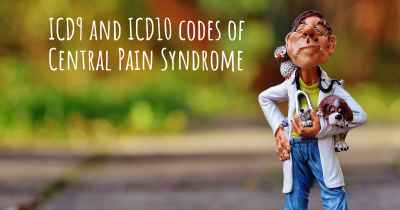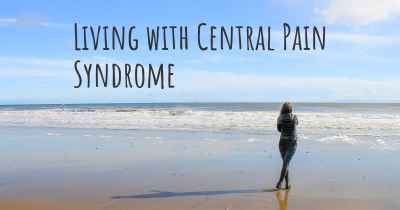What is the history of Central Pain Syndrome?
When was Central Pain Syndrome discovered? What is the story of this discovery? Was it coincidence or not?
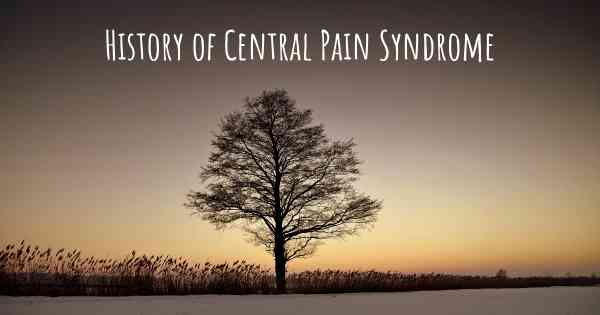
Central Pain Syndrome (CPS) is a neurological disorder characterized by chronic pain that is caused by damage or dysfunction in the central nervous system. It is a complex condition that can significantly impact a person's quality of life. Understanding the history of CPS helps shed light on the progress made in diagnosing and treating this challenging condition.
The first documented cases of CPS can be traced back to the late 19th century. French neurologist Jean-Martin Charcot, known as the founder of modern neurology, described a group of patients who experienced severe pain following spinal cord injuries. He referred to this condition as "dysesthesie spinale."
Over the next century, various terms were used to describe the condition, including "thalamic syndrome" and "central pain." However, it wasn't until the 20th century that researchers began to gain a deeper understanding of the underlying mechanisms and causes of CPS.
In the 1940s and 1950s, advancements in neurosurgery and the development of imaging techniques, such as computed tomography (CT) and magnetic resonance imaging (MRI), allowed for better visualization of the central nervous system. This led to improved identification and diagnosis of CPS.
In the 1960s and 1970s, researchers focused on studying the thalamus, a region of the brain that plays a crucial role in processing sensory information. They discovered that damage or dysfunction in the thalamus could lead to the development of CPS. This finding helped establish the thalamus as a key target for treatment.
In the 1980s and 1990s, advancements in neuroimaging techniques, such as positron emission tomography (PET) and functional MRI (fMRI), provided further insights into the neural pathways involved in CPS. Researchers discovered that abnormalities in the somatosensory cortex, thalamus, and other regions of the central nervous system contributed to the development and maintenance of chronic pain in CPS patients.
During the late 20th century, researchers also began to explore the role of neurotransmitters and neurochemicals in CPS. They found that imbalances in substances like glutamate, serotonin, and norepinephrine could contribute to the amplification of pain signals in the central nervous system.
In recent years, advancements in genetics and molecular biology have provided further insights into the underlying mechanisms of CPS. Researchers have identified specific genetic mutations and variations that may increase the risk of developing CPS or influence its severity. This knowledge opens up new possibilities for personalized treatment approaches.
Despite the progress made in understanding CPS, it remains a challenging condition to diagnose and treat. The complexity of the central nervous system and the individual variability in symptoms make it difficult to develop universal treatment strategies. However, a multidisciplinary approach that combines medication, physical therapy, psychological support, and other interventions has shown promise in managing CPS.
In conclusion, the history of CPS is marked by significant advancements in our understanding of its causes and mechanisms. From the early descriptions by Jean-Martin Charcot to the modern era of neuroimaging and molecular biology, researchers have made great strides in unraveling the complexities of this condition. While there is still much to learn, ongoing research offers hope for improved diagnosis and treatment options for individuals living with CPS.
Posted May 20, 2017 by Samantha 2000
Posted Sep 11, 2017 by Haydee de bielik 5120
